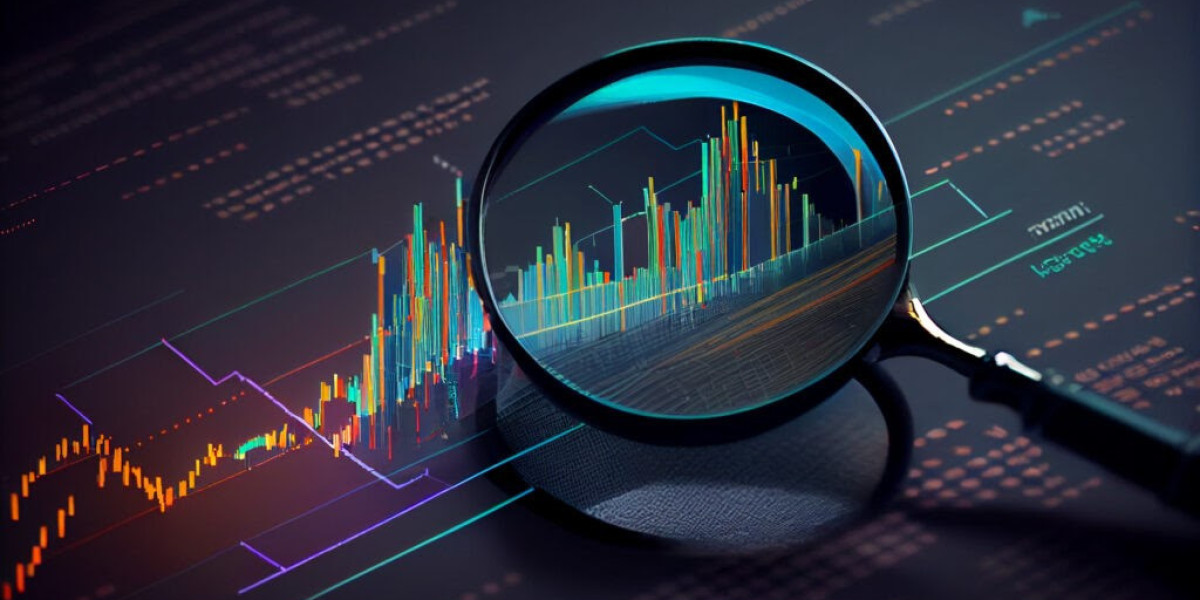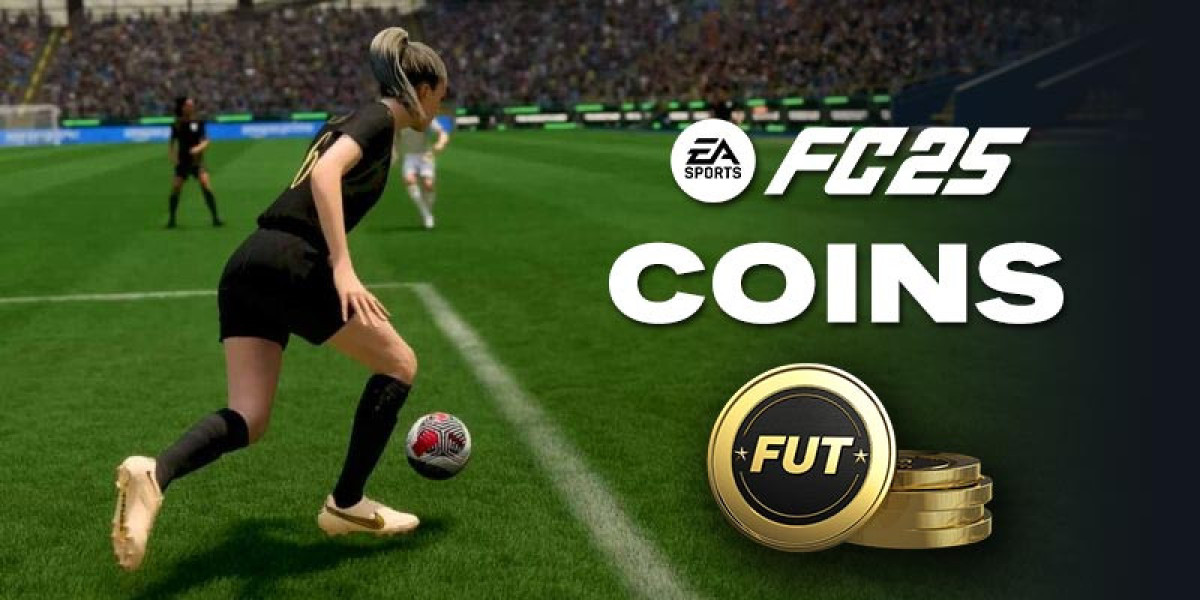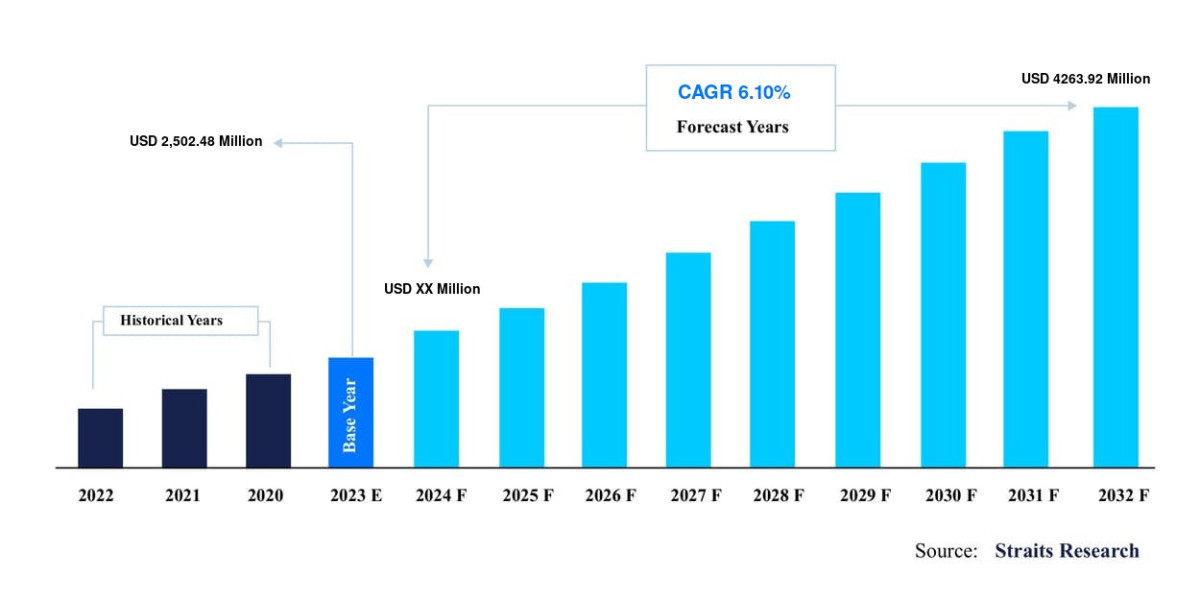YouTube has become a global platform for creators to share their content, reach audiences, and build their brand. However, in a saturated market where millions of videos are uploaded daily, creating videos that stand out requires more than just great ideas. Planning, organizing, and executing your vision are crucial, and that's where a storyboard creator tool comes into play.
In this article, we’ll explore how using a storyboard creator tool can help you plan engaging YouTube videos, streamline your production process, and enhance the overall quality of your content.
What Is a Storyboard Creator Tool?
A storyboard creator tool is software that allows creators to map out the visuals, audio, and narrative flow of a video before production begins. Essentially, it provides a framework where you can plan every shot, scene, and transition to ensure a smooth storytelling experience. By using this tool, creators can visualize their ideas and communicate them more effectively with their team or collaborators.
While storyboarding has long been associated with films and television, it's increasingly being adopted by YouTubers looking to enhance their content creation process.
Why You Need a Storyboard for YouTube Videos
Whether you're producing a how-to tutorial, vlog, or a product review, having a well-thought-out plan is essential. A storyboard can provide the structure needed to ensure your content flows naturally and engages your audience.
Here are some key reasons why you need a storyboard for your YouTube videos:
1. Visualizing Your Ideas
It’s easy to get lost in creative concepts without a concrete plan. A storyboard forces you to put your ideas down on paper (or screen), making it easier to visualize how your final video will look. With a storyboard creator tool, you can lay out every scene, shot, and visual element in a way that ensures consistency and clarity.
This step not only helps you understand how your video will unfold but also gives you a clear roadmap of where your video is headed.
2. Improving Audience Engagement
One of the primary goals of YouTube content is to keep your audience engaged from the start to the end. Poorly organized content can lead to drop-offs in viewership. Storyboarding ensures that your video has a logical flow, keeps your narrative on track, and helps maintain viewer attention throughout.
Using a storyboard creator tool allows you to plot points where your audience may lose interest, helping you tweak the pacing or content to keep viewers engaged.
3. Saving Time in Production
Planning is key to any successful production. Without a storyboard, you may spend more time filming scenes that aren’t essential or struggle to figure out how to transition between sections. A storyboard creator tool streamlines this process by giving you a visual plan, helping you avoid unnecessary retakes and edits.
With a clear vision in place, you and your team can follow the storyboard, reducing confusion during filming and editing.
4. Enhancing Creativity
Contrary to what some might think, storyboarding doesn’t limit your creativity—it enhances it. By organizing your thoughts visually, a storyboard creator tool frees you up to experiment with new ideas, camera angles, and transitions before you start filming.
It provides a sandbox where you can test different ideas and see how they fit together. You can tweak scenes, shots, and sequences as much as you like in the planning phase, which is much easier than making major changes after filming.
5. Communicating Your Vision to Your Team
If you're working with a team—whether it's a videographer, editor, or collaborators—storyboarding ensures everyone is on the same page. A storyboard clearly communicates your vision to all team members, reducing misunderstandings and streamlining collaboration.
Using a storyboard creator tool allows you to share your plan digitally with ease, enabling real-time collaboration and feedback. This eliminates the guesswork for your team, leading to a smoother production process.
How to Use a Storyboard Creator Tool for YouTube Videos
Now that we’ve covered the benefits, let's break down how you can effectively use a storyboard creator tool to plan your next YouTube video.
1. Define Your Video’s Purpose
Before you begin storyboarding, have a clear understanding of your video’s purpose. Are you educating your audience, promoting a product, or entertaining viewers? Knowing the purpose will guide your storyboard’s structure and content.
2. Break Down Your Script
Once you’ve written the script for your video, break it down into scenes or key points. Each scene should represent a section of your video that contributes to the overall narrative.
Using a storyboard creator tool, you can assign visuals to each part of your script. This step ensures that your content flows logically and that there’s a visual representation for each talking point.
3. Visualize Each Scene
For each scene, think about the visuals you want to show. Will you be speaking directly to the camera, showing a product, or using text overlays? A storyboard allows you to visualize the specific elements that will appear on screen at any given time.
The storyboard creator tool lets you easily create sketches or insert images to represent each shot. This step is especially useful if you’re working with multiple locations or camera angles.
4. Plan Transitions and Effects
Smooth transitions are key to keeping your audience engaged. Think about how you’ll move from one scene to the next. Whether it’s a fade, cut, or special effect, your storyboard should outline how each scene transitions into the next.
Storyboard creator tools often offer built-in features that help you visualize transitions, making it easier to plan and execute them during editing.
5. Include Notes and Details
Don’t forget to include important details like camera angles, lighting setups, or special audio cues in your storyboard. These notes will be helpful during the filming process, ensuring that every technical aspect is accounted for.
Most storyboard creator tools provide space for these annotations, helping you organize both creative and technical elements in one place.
Choosing the Right Storyboard Creator Tool
Not all storyboard creator tools are the same. When choosing a tool, consider the following factors:
Ease of Use: The tool should have an intuitive interface that allows you to create storyboards quickly and efficiently.
Features: Look for features like drag-and-drop functionality, customizable templates, and collaboration tools.
Cost: While there are many free options available, some premium tools offer more advanced features, such as 3D visualization or integration with editing software.
For beginners, it’s best to start with a free storyboard creator tool that offers the basic features needed to plan your YouTube videos effectively. As you grow, you can explore more advanced options to enhance your content creation process.
Conclusion
In a competitive YouTube landscape, creating engaging content requires more than just creativity. It takes careful planning, organization, and execution to bring your vision to life. A storyboard creator tool can help you plan your YouTube videos more effectively, ensuring that your content flows smoothly, engages your audience, and saves you time during production.








